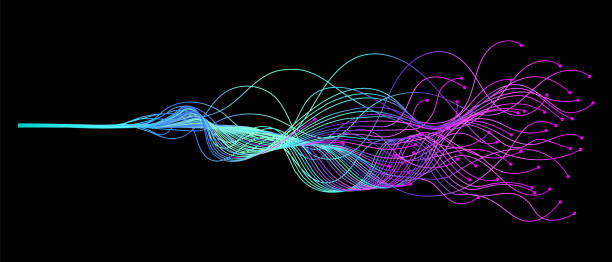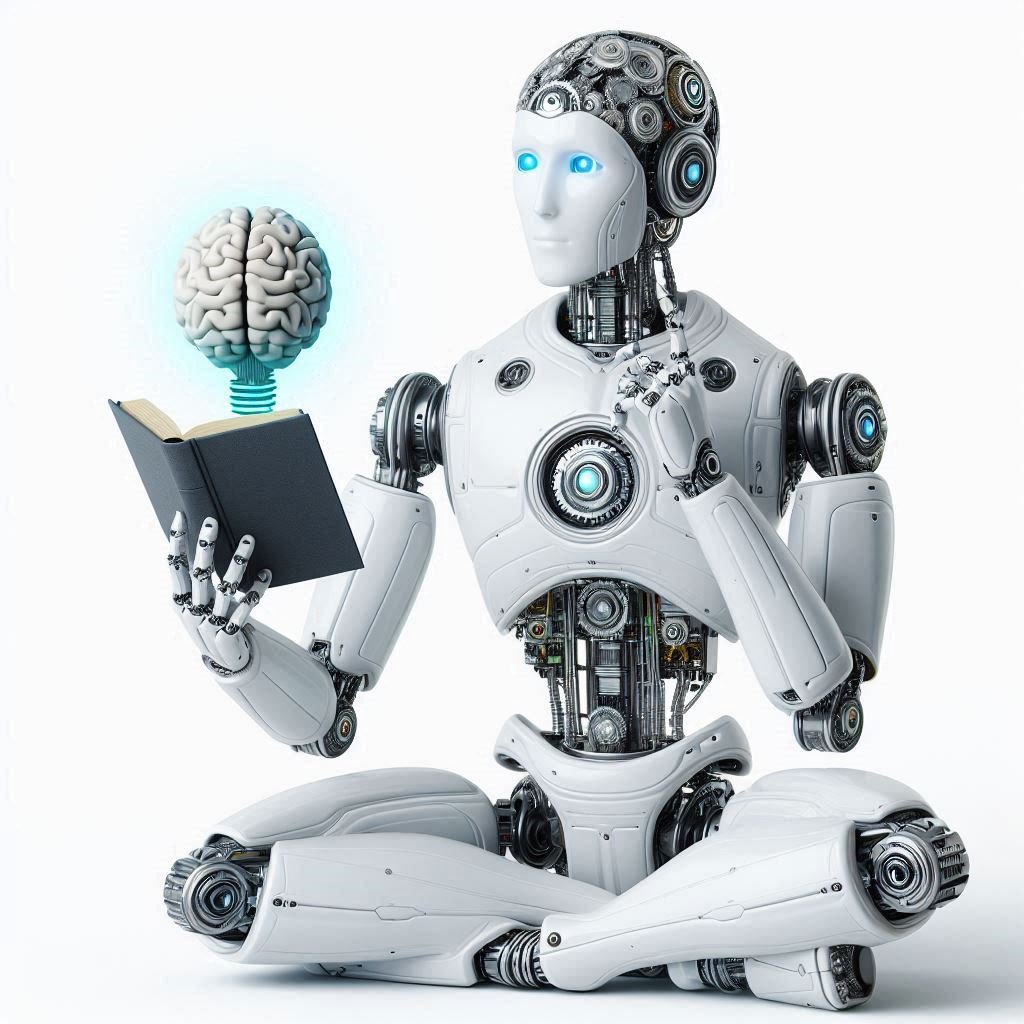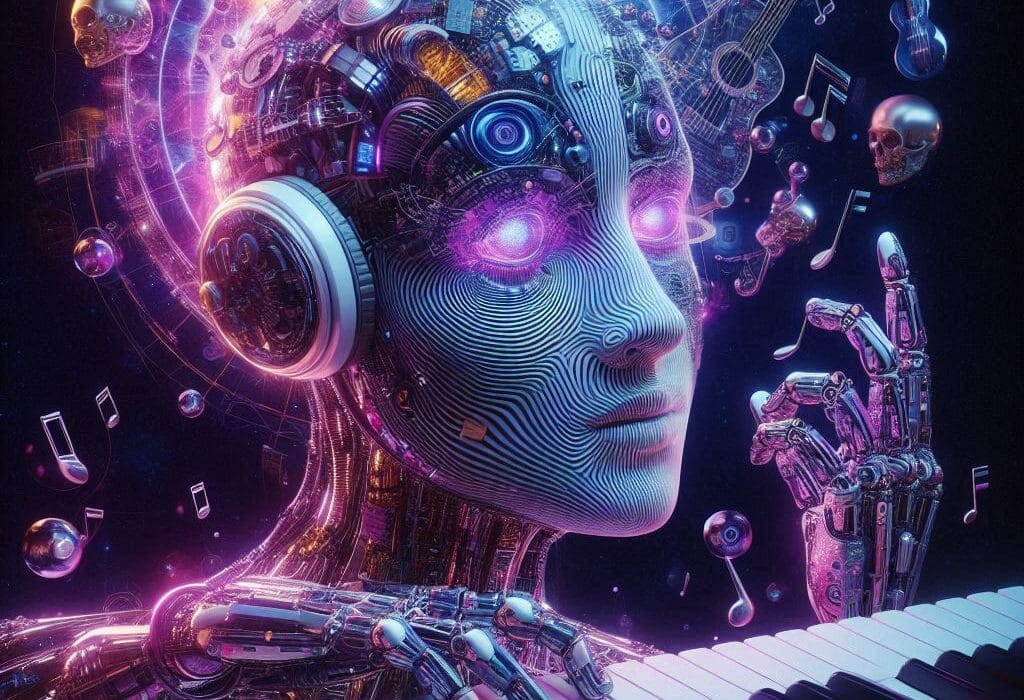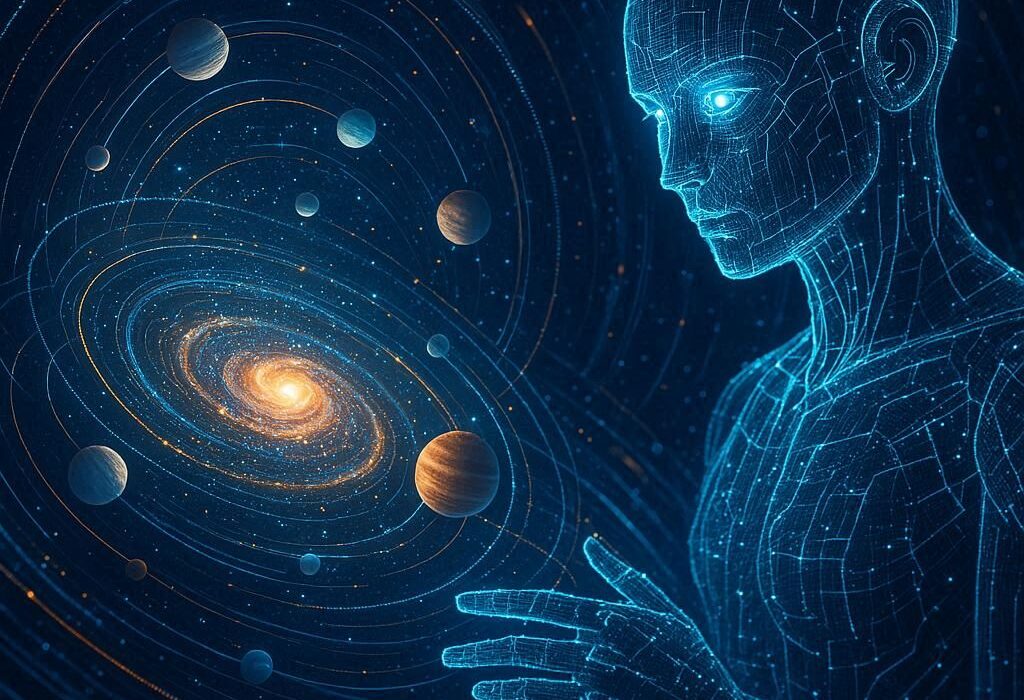In courtrooms where mahogany desks and the scent of leather-bound legal books once ruled, something unprecedented is happening. The future is tiptoeing in—not wearing a judge’s robe, but humming in circuits and running on code. The courtroom, long considered a temple of tradition, is quietly becoming the latest domain where artificial intelligence begins to whisper legal arguments, recommend verdicts, and draft documents with eerie precision.
It might sound strange, perhaps even dystopian, to think that the calm, analytical voice of your next legal advisor might not belong to a Harvard-educated attorney but to a silicon-based algorithm trained on thousands of case files. But this is not science fiction. This is now.
As AI reshapes the world around us—from medicine to music, from finance to fashion—the legal field, once impervious to digital disruption, is starting to bend. And in that bending lies a future both promising and deeply unsettling. For if justice is blind, should she now be run on machine learning?
The Inaccessible Empire of Law
For centuries, the legal world has been a fortress. It’s protected by impenetrable language, hidden behind paywalls, and enforced by rules known only to those trained in its ways. For the average person, navigating a legal issue—whether a divorce, a workplace dispute, or a tenant complaint—can feel like entering a maze built to confuse and exhaust.
Hiring a lawyer is expensive. Legal advice costs hundreds of dollars an hour. Court processes are slow, intimidating, and full of procedural traps that can ruin a case before it begins. For the wealthy, this is an inconvenience. For the poor and middle-class, it’s a roadblock. Millions of people in democracies around the world simply give up, walking away from justice not because they’re wrong—but because they can’t afford to be right.
This is the problem AI lawyers aim to solve. Not by replacing lawyers entirely—but by augmenting, democratizing, and in some cases, automating the law.
The Rise of the Robo-Lawyer
Imagine you’re facing eviction from your apartment. You can’t afford an attorney. You log onto an app. You enter your details. The app reads your lease, compares it to thousands of similar contracts and case precedents, then drafts a formal letter to your landlord—citing specific violations and legal threats. That app already exists. It’s called DoNotPay, and it’s marketed as the “world’s first robot lawyer.”
Created by a then-teenage Stanford student, DoNotPay began as a simple tool to help fight parking tickets. But its vision has expanded far beyond traffic citations. It now offers help with small claims court, canceling subscriptions, filing consumer complaints, and even requesting refunds from airlines. Behind it is a growing database of legal strategies—an AI trained on legalese so you don’t have to be.
And it’s just the beginning.
Law firms now use algorithms to draft contracts, perform due diligence, and predict litigation outcomes. AI tools can scan through millions of pages of legal documents in minutes—a task that once took junior associates weeks. Some courts are using AI risk-assessment tools to recommend bail decisions or predict recidivism rates. In China, fully automated virtual courts handle minor civil disputes. In Estonia, the government is experimenting with AI judges for small claims.
This is not the distant future. This is the present quietly reshaping the legal system.
Justice by Machine
On the surface, AI in law is a triumph of efficiency. It reduces human error, cuts costs, and levels the playing field. But beneath that polished interface lies a deeper, thornier question: can justice be coded?
The law, after all, isn’t just a set of rules. It’s a living organism shaped by context, culture, and human experience. Lawyers and judges do more than interpret statutes—they weigh motives, emotions, and morality. They see grey where machines see black and white.
And yet, even humans make mistakes. Judges have biases. Lawyers forget cases. Juries can be swayed by charm or prejudice. Might an AI, trained on thousands of cases, be more consistent? More fair?
The answer, it turns out, is complicated.
AI systems are only as good as the data they’re trained on. If past legal decisions were biased—as many were—then the AI learns and perpetuates those biases. In the United States, some risk-assessment tools used in bail and sentencing have been found to unfairly penalize Black defendants based on flawed historical data. An algorithm doesn’t discriminate maliciously—it simply mirrors the world it was shown.
And what happens when a defendant wants to appeal a machine’s decision? Who do you argue with? Who is responsible for errors? These questions strike at the very core of law—not as a tool, but as a human institution.
Empathy in the Age of Code
There’s a scene in many courtrooms that no AI could replicate: the moment when a defense attorney locks eyes with a grieving mother, a frightened immigrant, or a trembling child—and speaks not only for them, but with them. Law is language, but it’s also empathy. Lawyers do not just recite codes—they interpret, persuade, and connect.
An algorithm can predict what a judge might say. But can it comfort a widow? Can it fight for a client’s dignity when the odds are stacked against them?
Advocacy is more than logic. It’s also heart. And no line of code—no matter how elegantly written—can replace the soul of a passionate human fighting for justice.
Yet, in many legal interactions, the goal isn’t deep emotion or courtroom drama. It’s speed. Accuracy. Resolution. And in those realms, AI excels. Most people aren’t looking for Atticus Finch. They just want to cancel a subscription, contest a fine, file for unemployment, or get their security deposit back. For those cases, the algorithm may be enough—or even better.
The Augmented Attorney
Despite fears of robots replacing humans, most legal experts see AI not as an adversary, but as an assistant. The future of law isn’t lawyers versus machines—it’s lawyers with machines.
Already, elite firms use AI to conduct research faster, draft contracts cleaner, and even generate arguments based on judicial temperament. Junior associates spend less time sifting through discovery documents and more time doing high-level strategy. AI helps lawyers serve more clients, more efficiently, with fewer errors.
In rural areas and underserved communities, AI tools can bring legal guidance where no attorneys are available. A single AI program, loaded onto a smartphone, can translate legal language into local dialects, explain rights, and guide users through filing paperwork. It’s a lawyer in your pocket—not replacing humans, but extending their reach.
Some law schools now teach AI ethics and algorithmic law. Young attorneys learn to code. Courts begin to wrestle with digital evidence and virtual hearings. The legal profession is not resisting the algorithm—it’s adapting.
Risks at the Speed of Light
But with great speed comes great risk. As legal processes become more automated, due process must be redefined. Can an algorithm violate your rights? If it denies you a loan or flag you as high-risk, do you have the right to a human review?
And what about privacy? AI systems ingest vast quantities of data—from emails and GPS logs to social media and biometric scans. In a legal context, such information becomes deeply personal, even dangerous.
Imagine a divorce case where an AI scrapes your entire digital history. Every text. Every post. Every late-night search. What happens when your entire life becomes admissible in court—processed, judged, and decided by software?
The legal profession, once guarded by human discretion, now risks becoming a space of surveillance, prediction, and data mining. Efficiency is seductive. But justice, history reminds us, must be more than fast. It must be fair.
A Courtroom Without Borders
As AI erodes traditional barriers, it also creates new kinds of legal spaces. Online dispute resolution is booming. Virtual arbitrations are settling cross-border conflicts. Blockchain-based smart contracts are executing agreements without courts at all.
Do we still need physical courtrooms? Or can we imagine a future where justice is served entirely online—negotiated through encrypted apps, settled by digital judges, and enforced by code?
Already, in some Chinese cities, parties log into apps to file lawsuits, submit evidence, and receive rulings—all without leaving home. AI judges evaluate arguments, issue decisions, and even suggest settlements. For millions of cases, the human courtroom has been replaced by the digital one.
Some celebrate this as the democratization of law. Others fear a cold, impersonal future where justice loses its human face. Either way, the transformation is underway.
The Humanity Clause
So where does this leave us? Will algorithms replace lawyers? Will judges be coded? Will trials become simulations?
The truth is, the answer lies not in technology—but in values. AI can make law more accessible, more affordable, more consistent. But it cannot decide what is just. Only we can do that.
Algorithms can’t fight for civil rights, challenge unjust laws, or protect the powerless—unless we program them to reflect those ideals. Law, in its deepest sense, is a story we tell ourselves about what kind of world we want to live in. If we forget that, we risk building a legal system optimized for efficiency—but emptied of soul.
The future of justice will not be a battle between man and machine. It will be a collaboration—where code empowers conscience, and technology expands the reach of empathy. In that future, your next lawyer might indeed be an algorithm—but only if we teach it not just the rules of law, but the meaning of justice.






